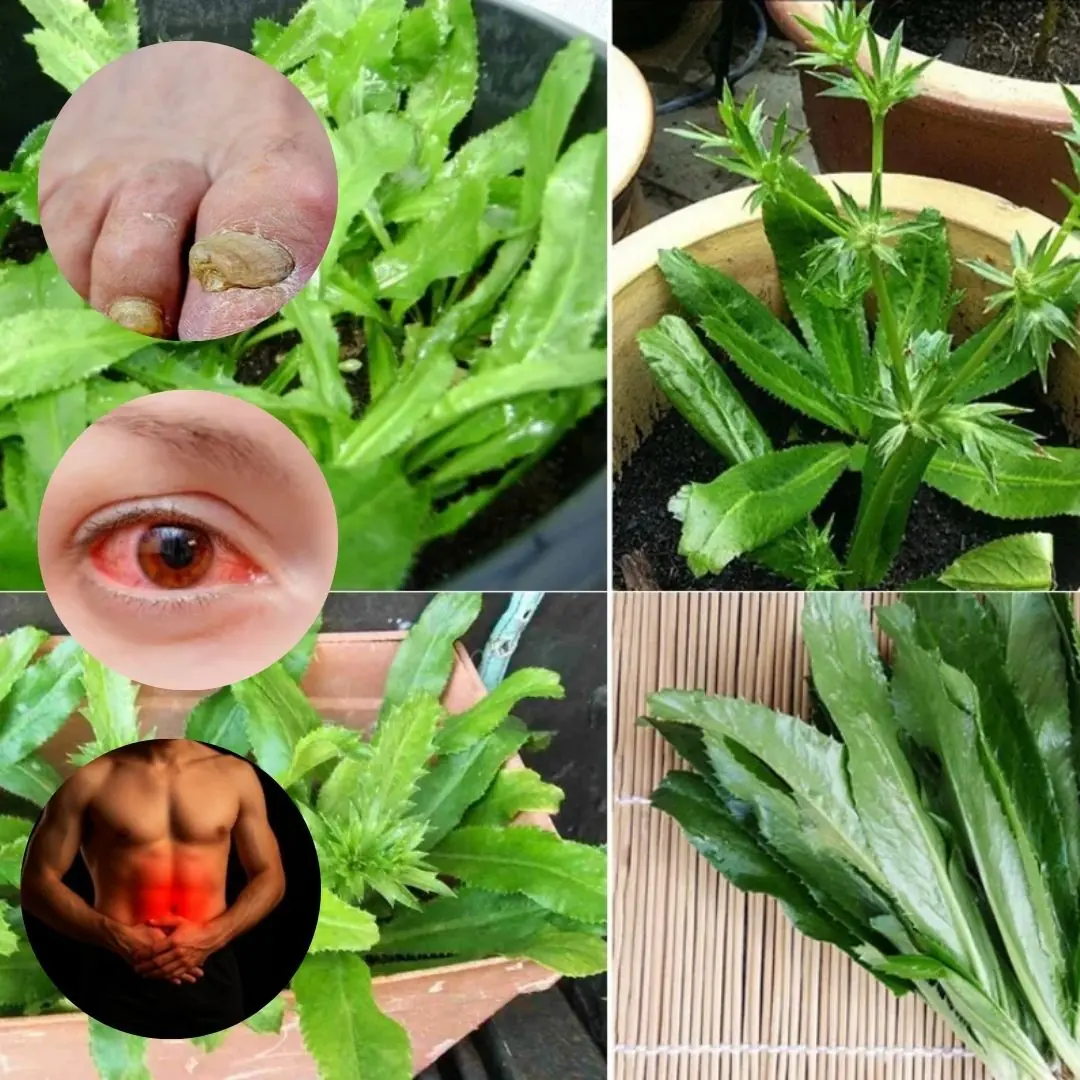
Top 5 Nutrients to Reduce Swelling in Feet and Legs
Are Your Feet and Ankles Swollen, Puffy, or Deformed?
Do you notice a visible indentation when you press on your feet or ankles, or do they appear unusually puffy or swollen? If so, it’s important not to ignore these symptoms. Swollen feet and ankles can be more than just a minor inconvenience—they may be an early warning sign of underlying health issues affecting your circulation, joints, heart, or other organs. Understanding the root causes is the first step toward effective relief.
Top 5 Nutrients to Reduce Swelling in Feet and Legs
In this guide, we’ll explore the main causes of swelling in your legs, ankles, and feet, medically known as edema. We’ll also cover the top five nutrients that can help alleviate swelling and promote overall leg health.
Understanding Edema: Where Does the Fluid Come From?
Swelling occurs when excess fluid builds up in your tissues, and it primarily comes from two sources: plasma from your circulatory system and lymph fluid from your lymphatic system.
-
Plasma: The liquid part of your blood. In certain conditions, it can leak through blood vessel walls and accumulate in the lower extremities due to gravity.
-
Lymph Fluid: This fluid contains white blood cells and helps fight infections. Swelling can occur when lymph nodes are blocked or damaged, preventing proper filtration.
When lymph nodes are impaired, waste and harmful substances can accumulate in your blood, placing extra strain on your liver and kidneys, which have to work harder to remove toxins.
Common Causes of Edema in Feet and Legs
Lifestyle and health factors can heavily influence swelling:
-
Prolonged Sitting or Standing: Sitting or standing for long periods increases pressure on your veins, making it harder for blood to return to the heart.
-
Diet: Consuming processed foods high in sugar, salt, and unhealthy fats can cause inflammation, weight gain, and fluid retention.
-
Overweight or Obesity: Extra body weight increases pressure on veins, leading to fluid accumulation.
-
Pregnancy: Hormonal changes and increased blood volume often result in fluid retention.
-
Aging: Vein valves can weaken over time, causing blood and fluid to pool in the legs.
Health Conditions That Cause Swelling
Edema may also be a symptom of more serious health issues:
-
Lymphedema: Chronic swelling due to lymph fluid buildup, often caused by damaged lymph nodes or obesity blocking fluid flow.
-
High Blood Pressure: Long-term hypertension can damage vein valves, causing venous insufficiency and fluid retention.
-
Heart Failure: An overworked heart struggles to pump blood efficiently, causing fluid to back up in the legs and feet.
-
Liver Disease: Conditions like cirrhosis reduce albumin production, allowing fluid to leak into tissues.
-
Kidney Disease: Damaged kidney filters allow excess fluid to seep into body tissues, leading to swelling.
Medications such as blood pressure drugs, anti-inflammatories, diabetes medications, hormonal therapies, certain antidepressants, steroids, and cancer treatments can also contribute to swelling.
Nutrient Deficiencies That Worsen Swelling
A poor diet or chronic health conditions can lead to nutrient deficiencies that exacerbate edema. Replenishing these five key nutrients—three vitamins, one mineral, and one healthy fat—can help reduce swelling.
5. Vitamin B1 (Thiamine)
A thiamine deficiency can cause fluid buildup around the heart, reducing its pumping efficiency and leading to leg swelling. Chronic deficiency may result in heart failure symptoms, including swelling in the hands and feet.
-
Sources: Pork, salmon, tuna, seaweed, sunflower seeds, flaxseeds, legumes, whole grains, green peas, asparagus, macadamia nuts, and nutritional yeast.
-
Supplementation: 5–30 mg three times daily can support heart function and reduce swelling in deficiency cases.
4. Vitamin C
Vitamin C strengthens blood vessels, reduces inflammation, and promotes proper wound healing. Low levels can cause fluid leakage, increased swelling, and even scurvy in severe cases.
-
Sources: Citrus fruits, bell peppers, tomatoes, cabbage, Brussels sprouts, cauliflower, and spinach.
-
Supplementation: 500–1,000 mg daily; up to 2–5 g may be used in divided doses to target inflammation.
3. Vitamin D

Vitamin D regulates inflammation, helps the body absorb calcium, and supports bone and cardiovascular health. Deficiency can lead to swelling, fractures, and increased risk of conditions like preeclampsia in pregnant women.
-
Sources: Fatty fish, cod liver oil, pastured eggs, sun exposure.
-
Supplementation: 2,000–5,000 IU daily for deficiency management, above the standard 800 IU recommendation.
2. Potassium

Potassium maintains fluid and electrolyte balance. Low potassium levels lead to fluid retention in the legs, weakening of blood vessels, and swelling.
-
Sources: Potatoes, sweet potatoes, avocados, beets, spinach, and broccoli.
-
Intake: 2,600 mg/day for women, 3,400 mg/day for men; higher doses may be needed under medical supervision.
1. Omega-3 Fatty Acids

Omega-3s reduce inflammation, lower triglycerides, and improve circulation, directly alleviating swelling in the legs and feet.
-
Sources: Fatty fish such as salmon, mackerel, tuna, herring, sardines.
-
Supplements: Krill oil is preferred due to better absorption (phospholipid form) and added antioxidant benefits from astaxanthin. Recommended dosage: 1,000–2,000 mg EPA/DHA daily; up to 3,000–4,000 mg for targeted inflammation relief.
Final Thoughts
Swollen feet and ankles should never be ignored. While lifestyle adjustments, proper nutrition, and supplementation can significantly reduce swelling, persistent or severe edema may indicate a more serious underlying condition. Monitoring your diet, staying active, and incorporating the nutrients above can support circulation, reduce fluid retention, and improve overall leg and heart health.
News in the same category


Ginger, Clove, and Honey: The Natural Trio Your Body Will Thank You For

Routine Smoothie Ingredient Causes Severe Food Pipe Obstruction In Health-Conscious Teen

The Drink That’s Gaining Attention in 2025: A Natural Blend to Support Blood Pressure, Diabetes, and More

Man Passed Away After Eating Eggs — Stop Eating Eggs This Way Immediately

Two Eggs a Day — Small Habit, Big Health Boost

Sweetgum’s Hidden Powers: 7 Surprising Health Benefits You Need to Know

Mix castor oil and rosemary — the 7-day results will surprise you

Proven Health Benefits of Eating Eggs Based on Evidence

5 Powerful Vitamins That Help Stop Acid Reflux Naturally
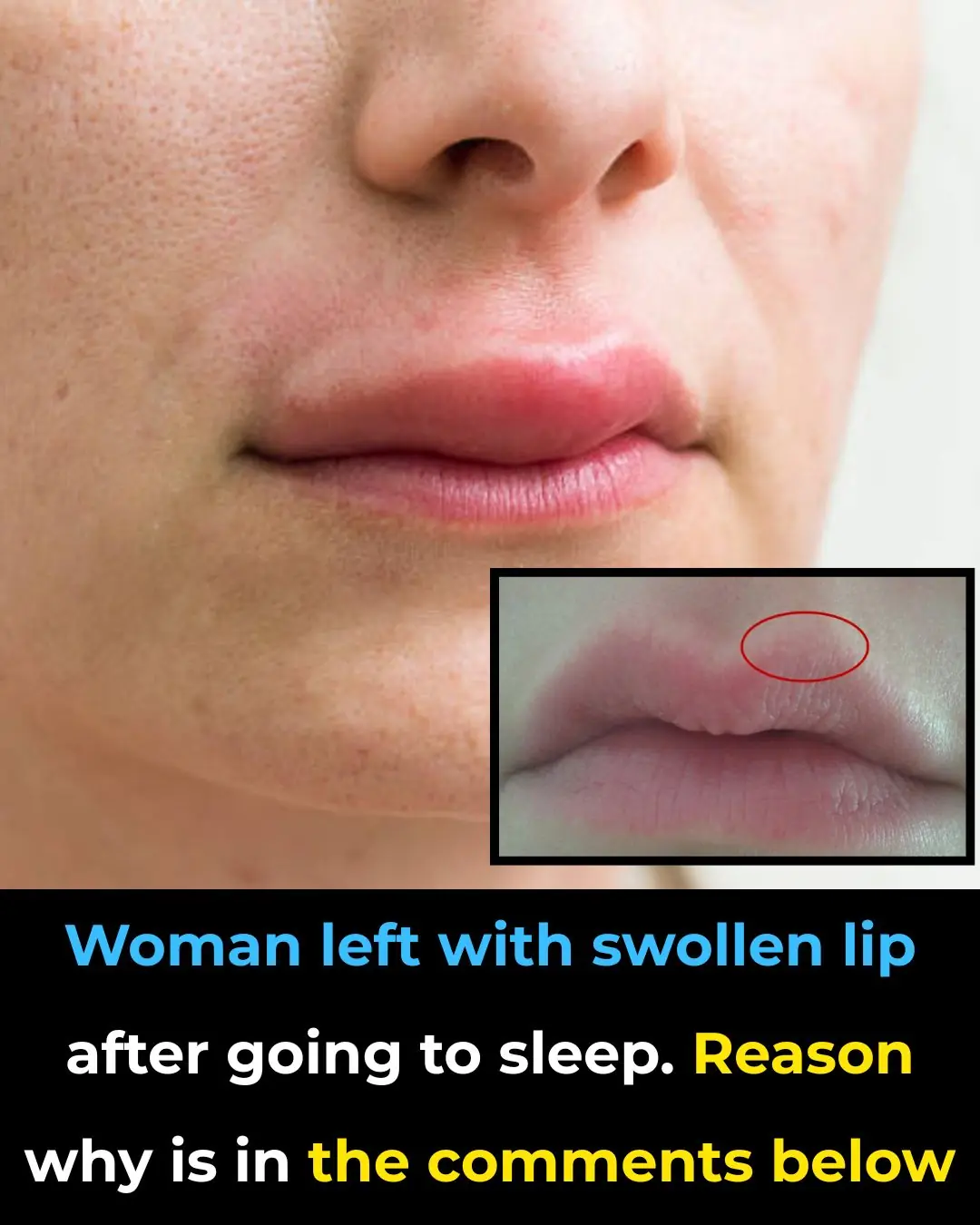
Woman Left with Swollen Lip After Centipede Bites Her in Sleep
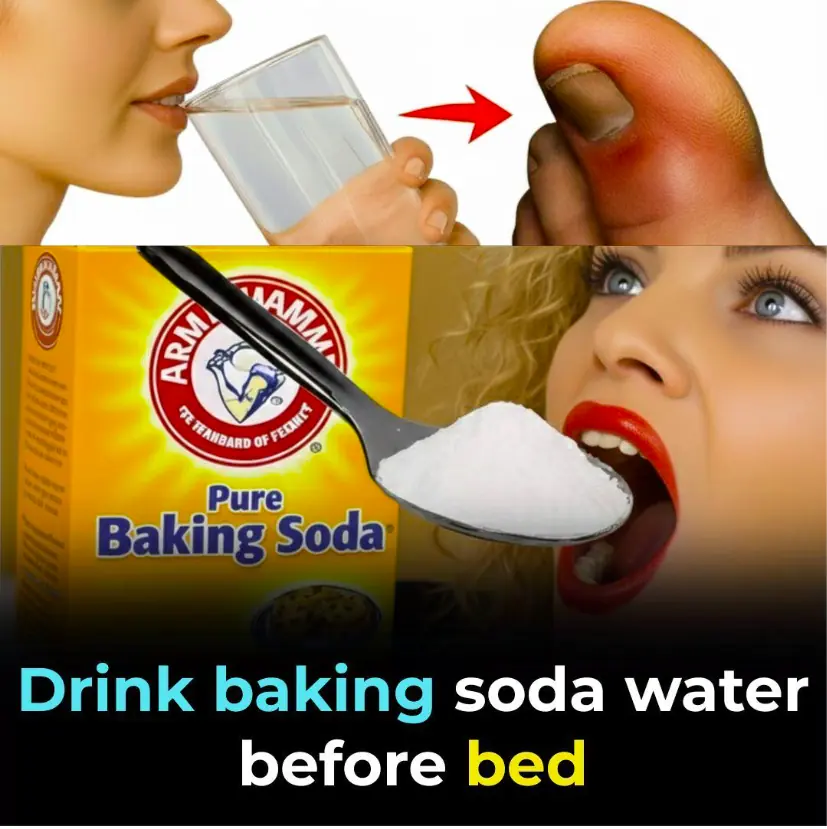
Unlock Baking Soda’s Hidden Powers Today

Flush the toxins silently damaging your kidneys — with these 13 powerful cleansing foods
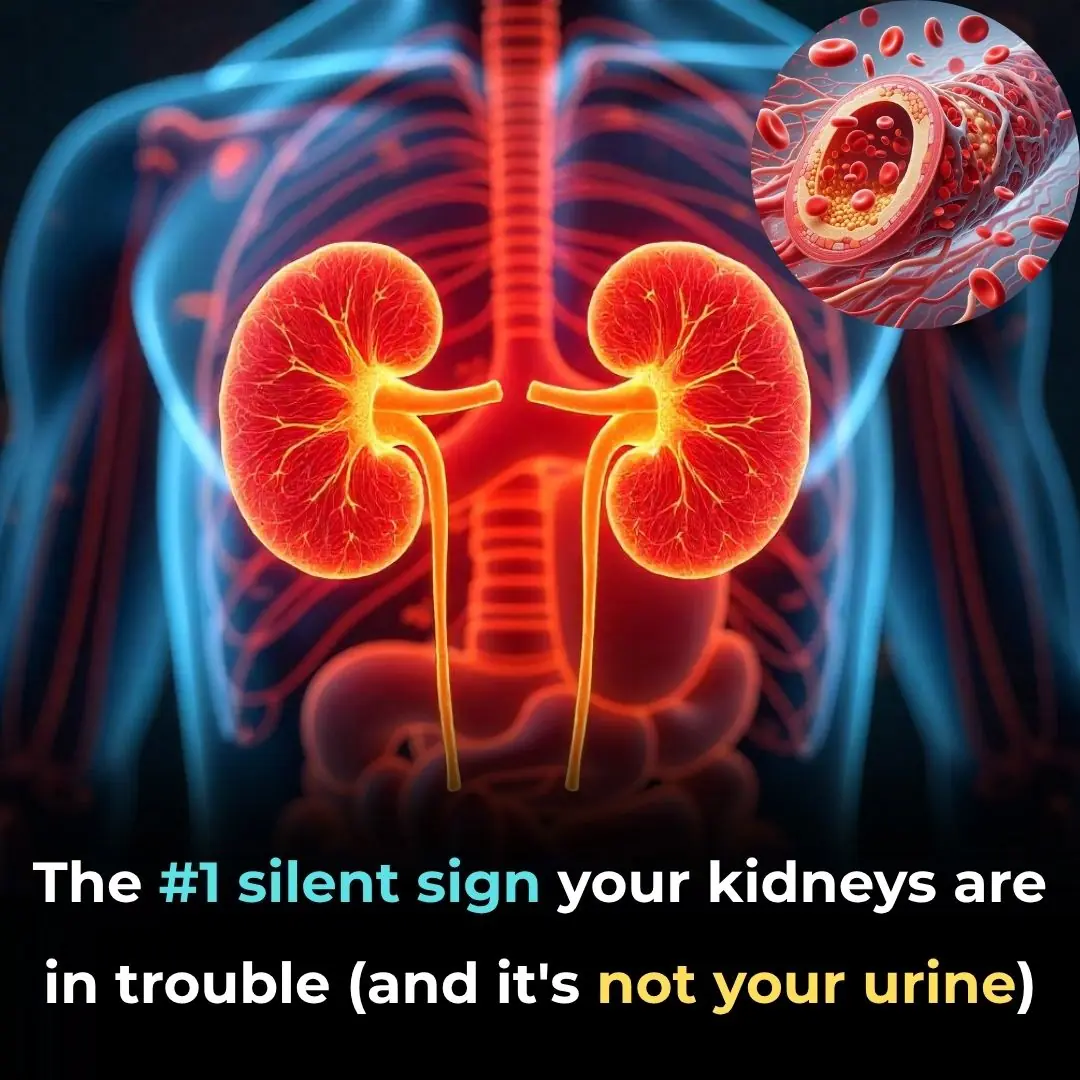
The #1 silent sign your kidneys are in trouble (and it’s not your urine)

A 30-year-old man suddenly suffered kidney failure: 5 daily habits that silently destroy the kidneys
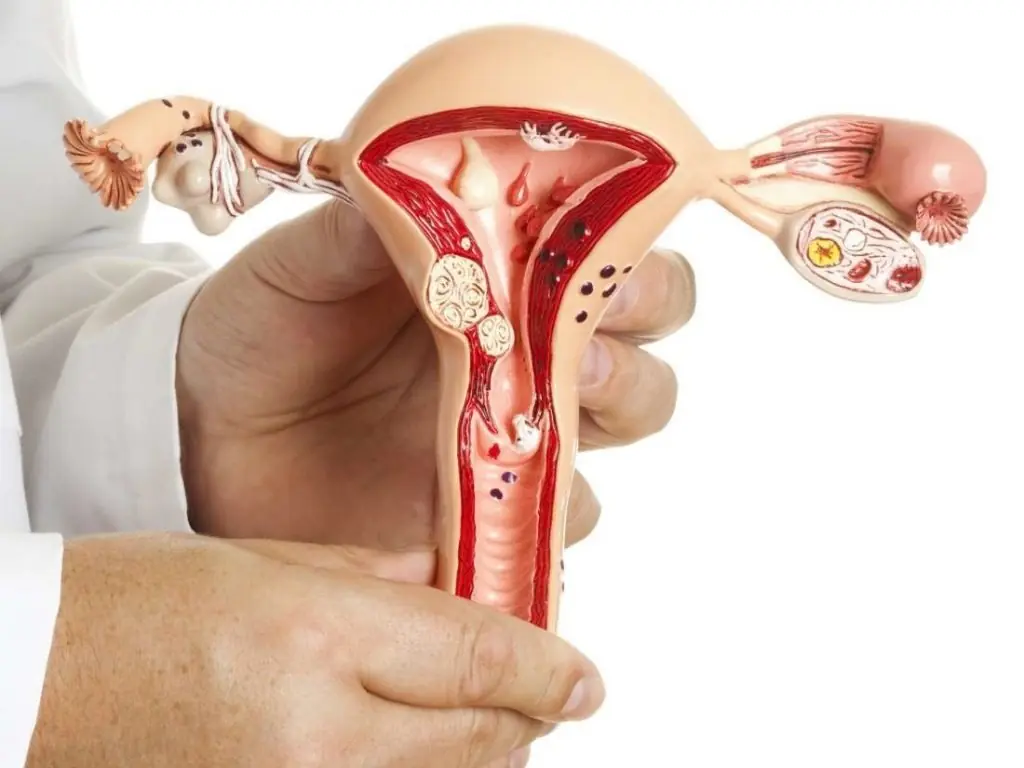
Eating fish in a way many people believe to be highly nourishing, the young woman ended up with premature ovarian failure and a body full of mercury
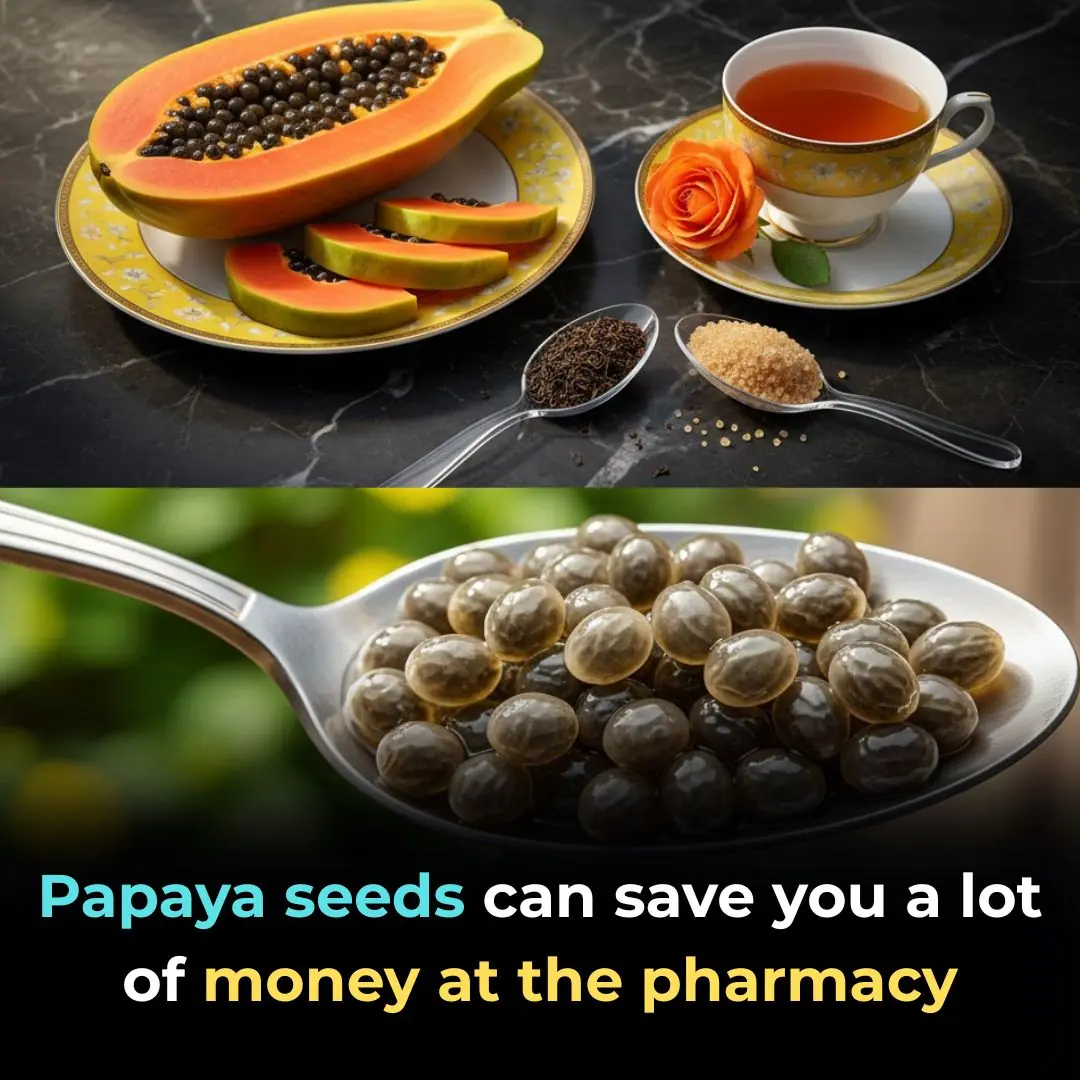
Papaya Seeds: A Powerful Remedy for Liver Health and How to Use Them as a Pepper Substitute

He drank hot tea every day. The results of his health check left him stunned
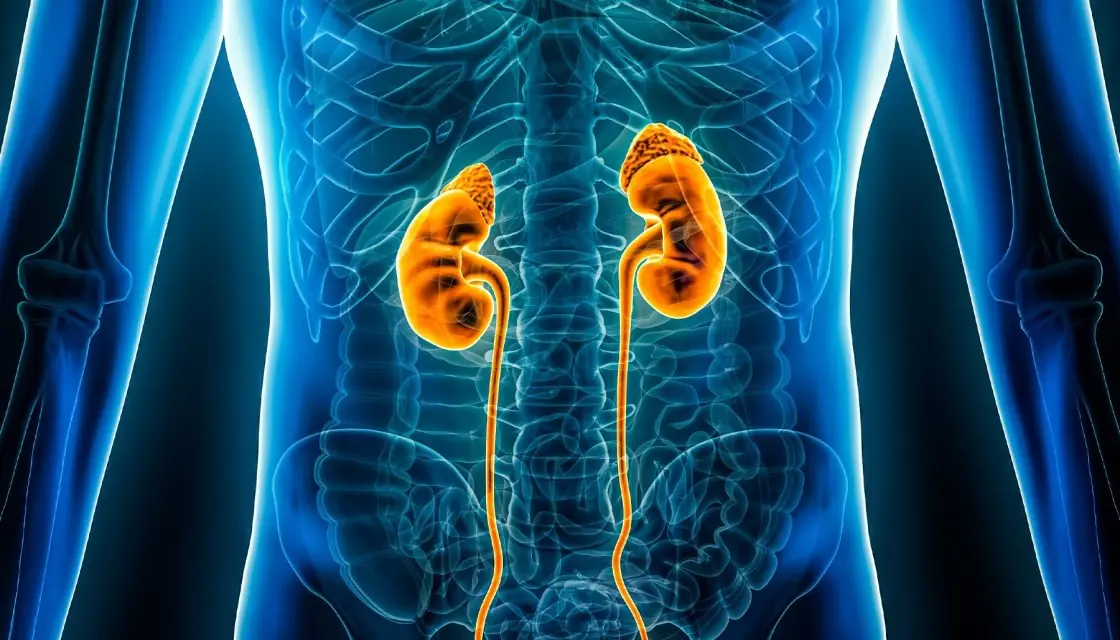
IF YOUR BODY SHOWS THESE EARLY WARNING SIGNS YOU NEED TO GET YOUR KIDNEY CHECKED FAST
News Post

Reverse Skin Aging With Cloves & Baby Oil

Culantro: The Hidden Gem of Your Garden

Ginger, Clove, and Honey: The Natural Trio Your Body Will Thank You For

Papaya Leaves and Onion Juice: The Secret Elixir for Rapid Hair Growth and Amazing Thickness

Routine Smoothie Ingredient Causes Severe Food Pipe Obstruction In Health-Conscious Teen

The Drink That’s Gaining Attention in 2025: A Natural Blend to Support Blood Pressure, Diabetes, and More
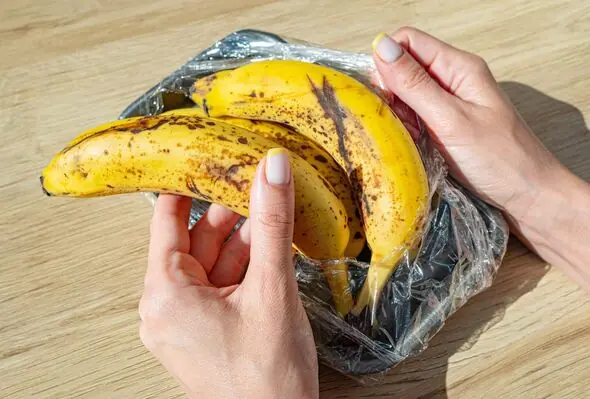
When you eat a banana with spots that is turning brown, here's what happens to your body

Man Passed Away After Eating Eggs — Stop Eating Eggs This Way Immediately

Two Eggs a Day — Small Habit, Big Health Boost
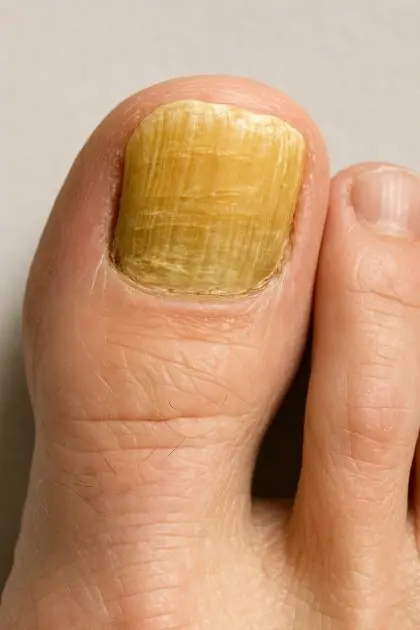
My toenail turned thick and yellow. Clinic can’t see me anytime soon. What is this?

Face Toner With Cloves & Rose Water: No Wrinkles, No Age Spots
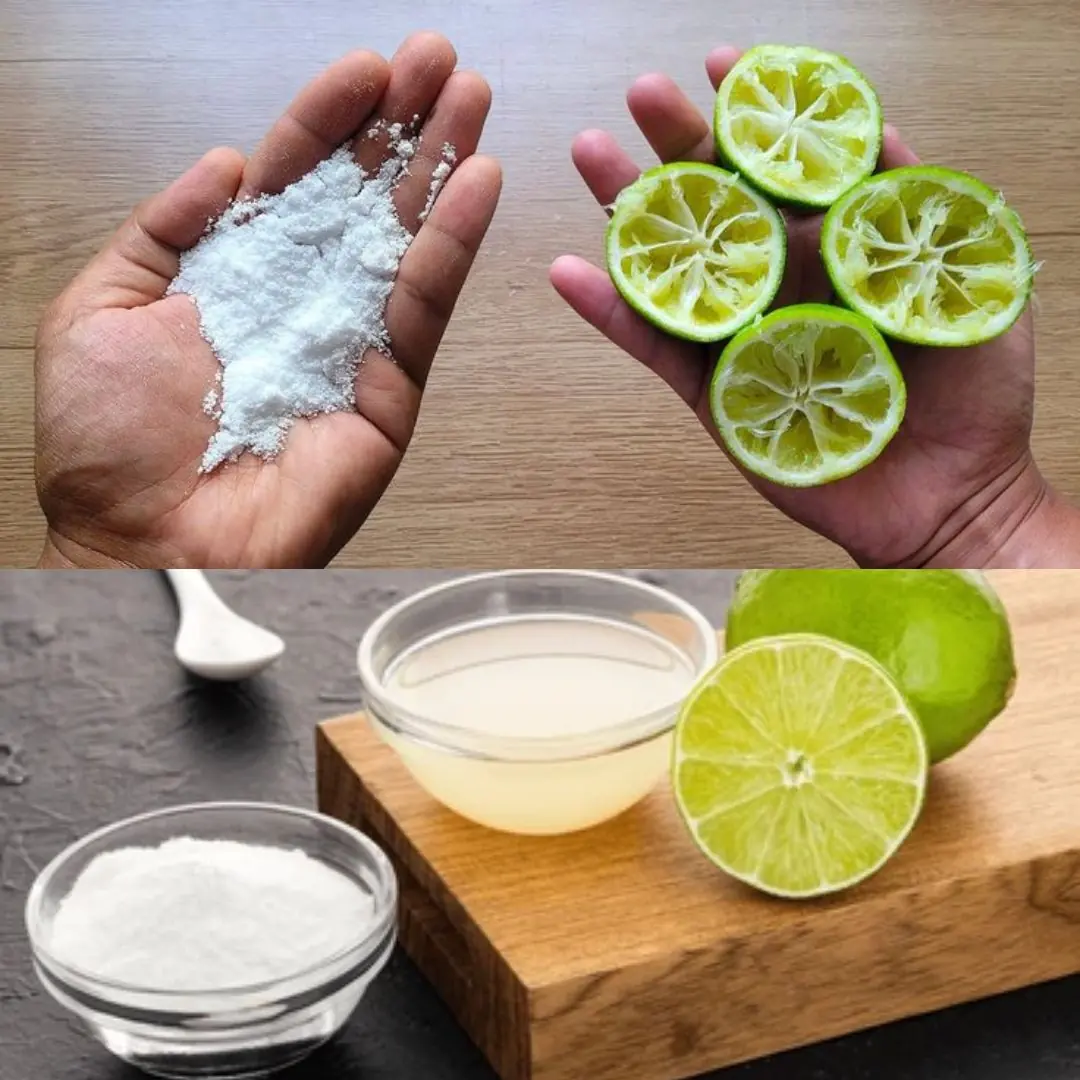
Homemade Lemon Peel Cleaners: Two Powerful Recipes for a Spotless Home

Sweetgum’s Hidden Powers: 7 Surprising Health Benefits You Need to Know

Nourish & Revitalize: How Guava Leaf, Aidan Fruit, and Okra Support Women’s Health

Stick a Toothpick into Your Electric Kettle: Amazing Benefits Every Home Needs, Save Hundreds Each Year
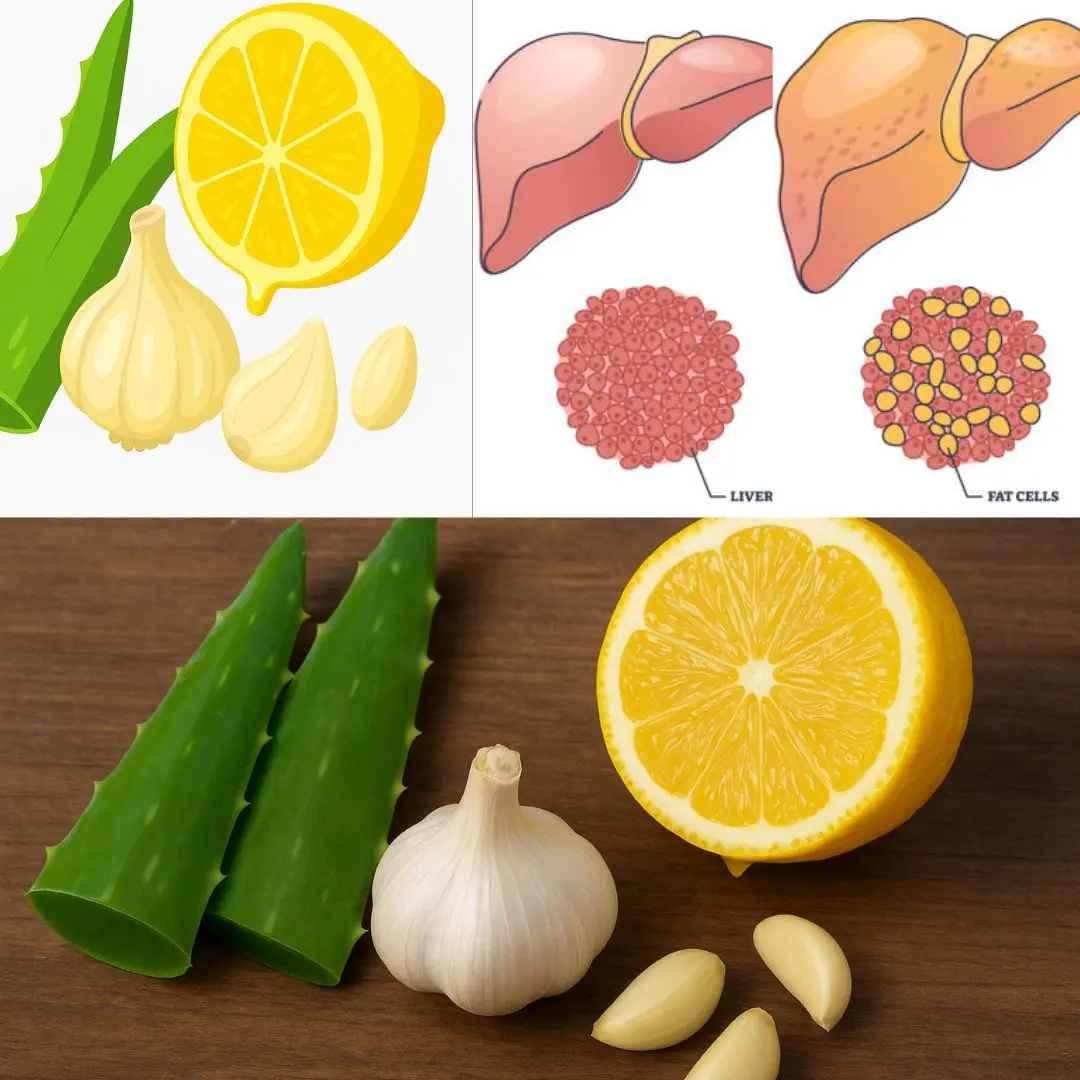
Aloe Vera Super Remedy: Stronger Than Garlic, Lemon, and Fights Bacteria & Fungi Naturally

Never Clean Your Light Switches with Water: Here’s a Safe Trick to Make Them Shine Like New

1 herb being called a miracle for liver, blood sugar, and blood pressure
